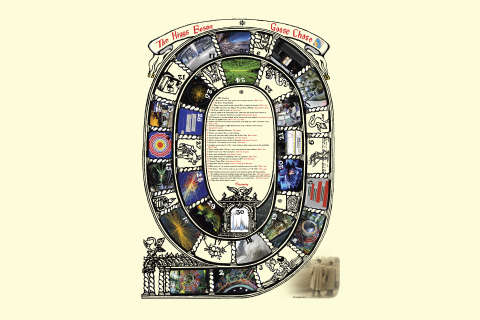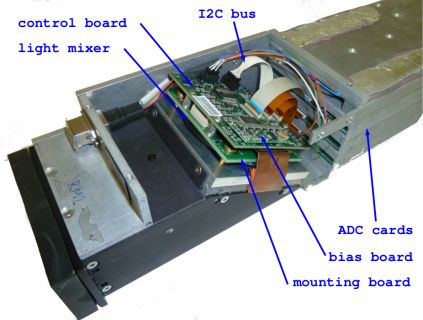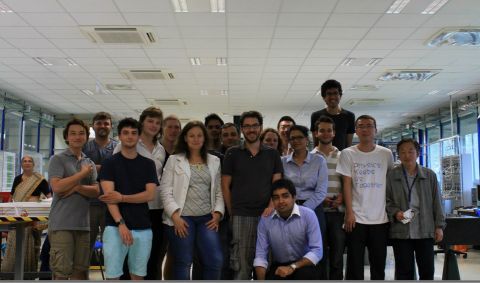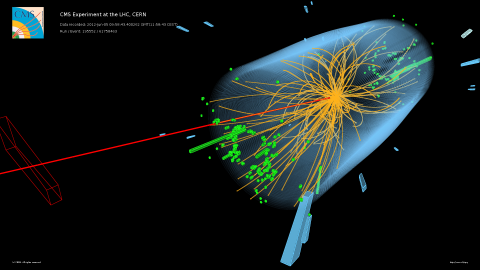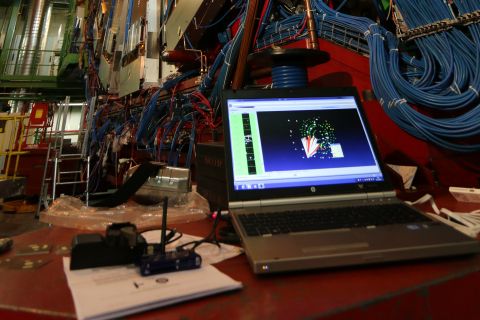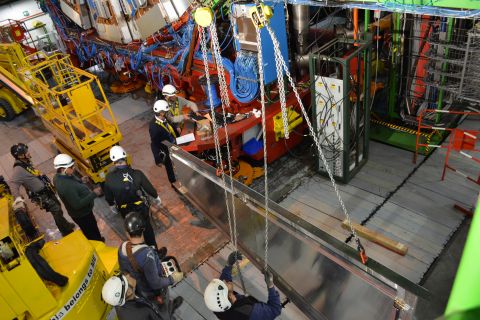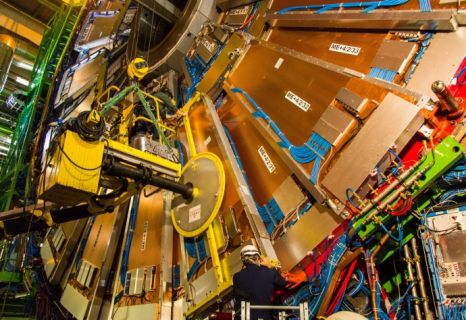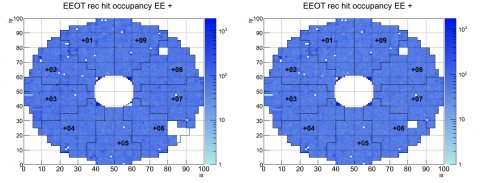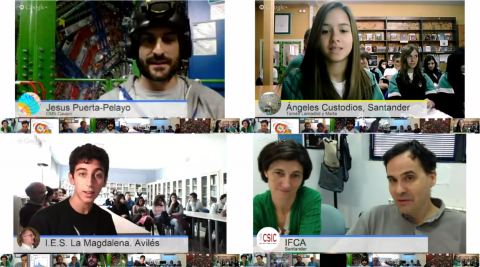New "Higgs Boson Goose Chase" game unveiled during CMS Week
Building and operating the CMS Detector is a complicated endeavour! Now, more than 20 years after the detector was conceived, the CMS Bologna group proposes to follow the steps of this challenging project by playing "The Higgs Boson Goose Chase" game, illustrating CMS activities and goals.

